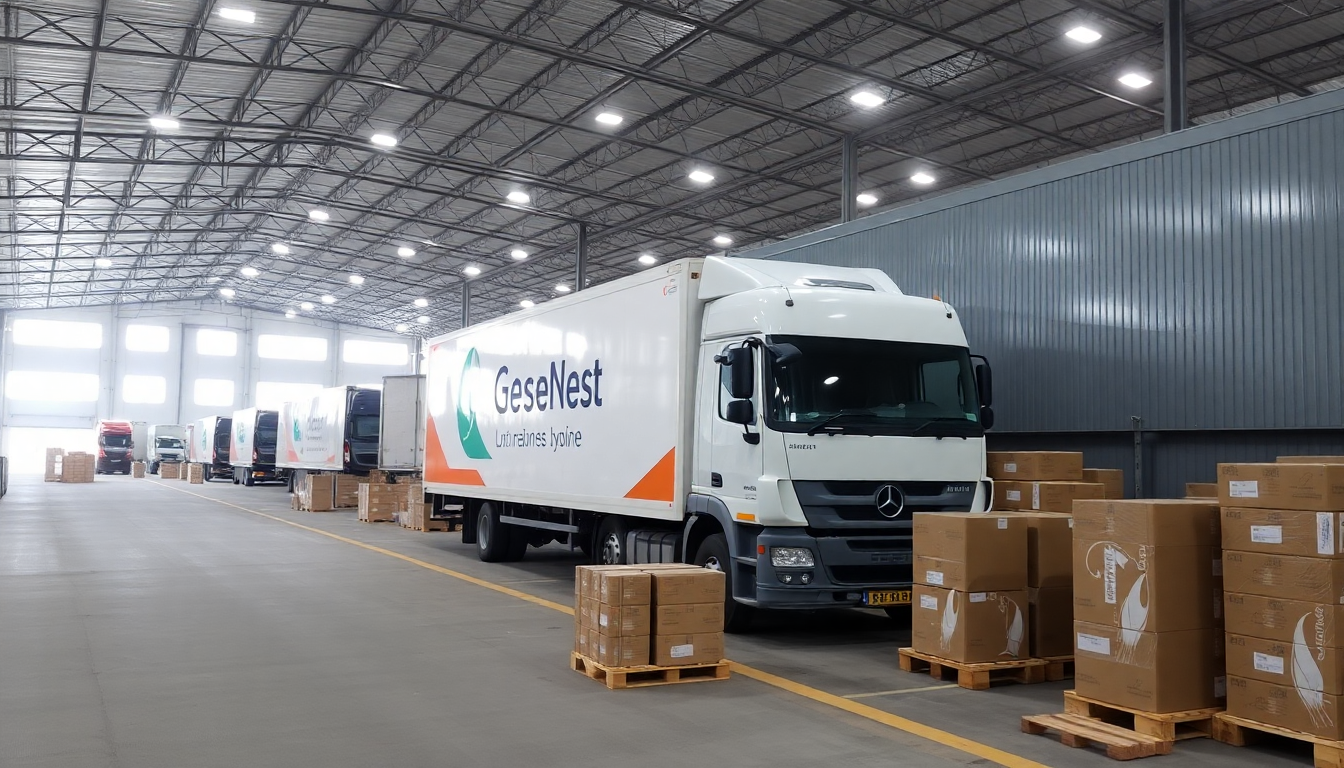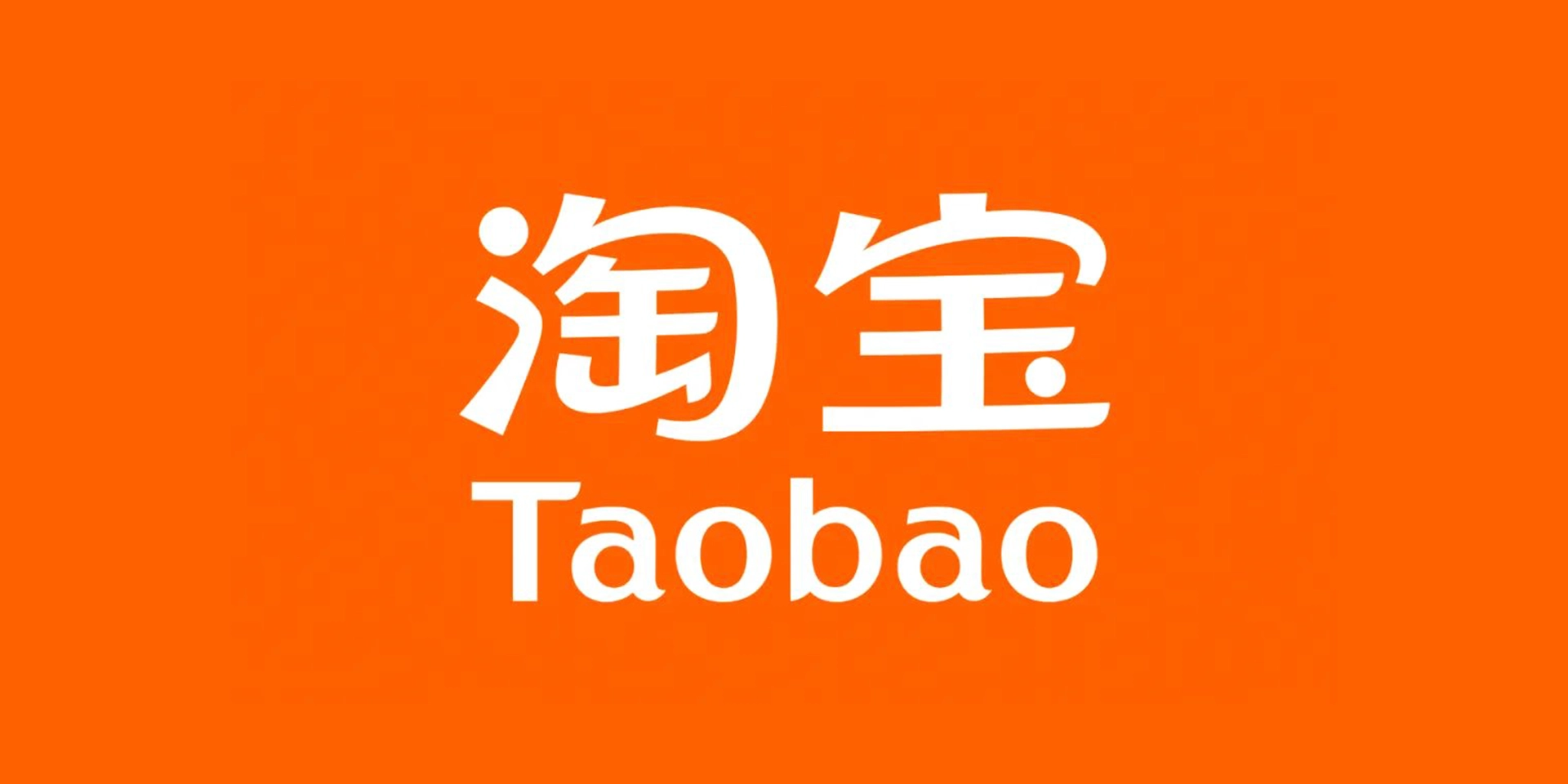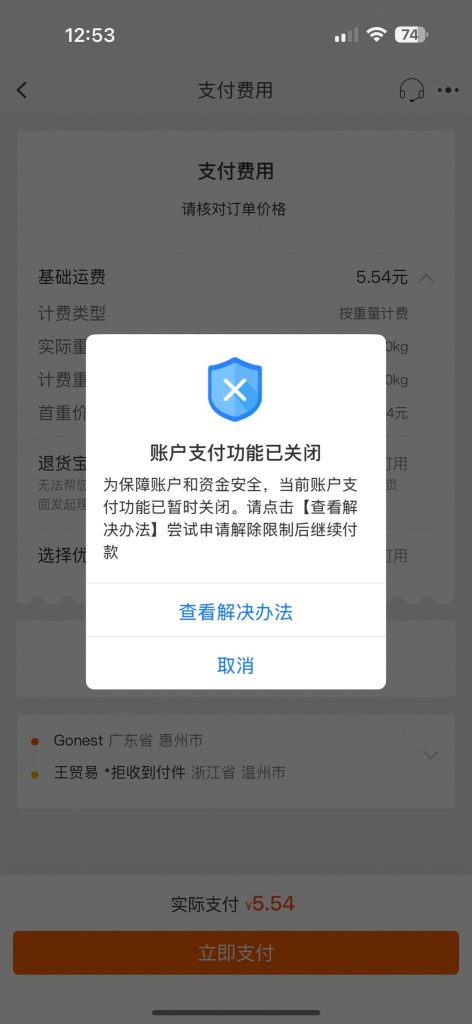What Is Considered Sensitive Cargo in International Shipping
Whether you are new to international shopping or an experienced user of freight forwarding services, one common challenge often arises: how to correctly classify your items for international shipping.
Have you ever had a package unexpectedly returned or held at customs?
Did you think an item was safe to ship, only to find out it was rejected?
Such incidents not only waste time and money but also create unnecessary frustration.
In this article, GeeseNest will help you understand the three key categories of international shipping goods: general cargo, sensitive goods, and prohibited items. Knowing which category your items fall into can help you avoid shipment issues and reduce shipping risks.
Classification of International Shipping Goods
International shipments are generally classified into the following three categories:
1. General Cargo (General Goods)
General cargo refers to items that do not contain any sensitive or restricted components. These items have no special requirements during transportation or customs inspection. They are accepted by most mainstream international express services, such as DHL, FedEx, and UPS.
Common examples include:
- Clothing and footwear
- Handbags and accessories
- Jewelry and watches
- Paper products and stationery
- Toys and household items
- Non-branded furniture or decor
Since general cargo poses minimal shipping risk, it usually enjoys faster customs clearance and lower international shipping rates.
In freight forwarding terminology, general cargo is often referred to as standard goods or non-restricted cargo.
2. Sensitive Goods
Sensitive goods are items that fall between general cargo and prohibited items. These products may raise red flags during customs inspections and have a higher chance of being returned, delayed, or confiscated.
Most international courier companies do not accept sensitive goods through their standard channels. However, dedicated line logistics or special handling channels can be used to legally and securely ship these items.
Common examples include:
- Food, snacks, and dietary supplements
- Skincare and cosmetic products
- Liquids, gels, and creams
- Products containing lithium batteries (e.g., electronics)
- Over-the-counter medicine and health products
- Branded goods, including luxury handbags and limited-edition sneakers
Sensitive goods require proper documentation and logistics support. When shipped through professional services like GeeseNest, these items can be routed through specialized networks designed for sensitive cargo.
These are commonly referred to as sensitive cargo routes or dedicated shipping lines for restricted items.
3. Prohibited Items
Prohibited items are strictly banned from international shipping. These products are considered dangerous, illegal, or biologically restricted by international air transport regulations (IATA DGR) and destination country laws.
Examples of prohibited items include:
- Explosives and corrosive chemicals
- Flammable products (e.g., lighters, gasoline, fireworks)
- White powders or unidentified loose substances
- Live animals and plants
- Perishable fresh food such as raw meat and seafood
- Biological materials and restricted pharmaceuticals
Attempting to ship prohibited items can lead to fines, legal consequences, and permanent bans from logistics providers. Even experienced freight forwarders cannot legally handle these goods.
It is essential to review customs guidelines and international shipping restrictions before preparing your shipment.
Can Sensitive Goods Be Shipped Internationally?
Yes, sensitive goods can be shipped internationally, but only through the proper channels. Sensitive does not mean illegal; it simply means special care is required.
GeeseNest offers dedicated shipping lines specifically designed for transporting sensitive goods. These logistics routes comply with both international transport regulations and customs policies in the destination country.
Currently, GeeseNest provides sensitive cargo services to the United States, the United Kingdom, Canada, and several European countries. These routes are reliable, legally compliant, and supported by customs experience to ensure successful delivery.
Key Considerations Before Shipping
To avoid unnecessary issues, take the following steps before arranging international shipment:
- Identify your item category: Is it general cargo, sensitive goods, or prohibited?
- Check import regulations in the destination country.
- Avoid shipping banned items under any circumstances.
- Use dedicated logistics lines for sensitive goods.
- Consult professional customer service for pre-shipment evaluation.
Shipping sensitive items usually involves slightly higher fees than general cargo routes, but offers much more security and peace of mind.
Summary of Shipping Categories
| Classification | Is It Shippable? | Examples | Requires Special Channel? |
|---|---|---|---|
| General Cargo | Yes | Clothing, shoes, accessories, furniture | No |
| Sensitive Goods | Yes (with care) | Cosmetics, food, electronics, branded products | Yes |
| Prohibited Items | No | Explosives, live animals, fresh meat, chemicals | Not Allowed |
Why Choose GeeseNest?
GeeseNest is a trusted expert in cross-border parcel forwarding and international freight solutions. With years of experience handling both general and sensitive goods, we provide:
- Tailored shipping routes for sensitive cargo
- Reliable customs support
- Safe, affordable, and efficient logistics services
- Real-time customer assistance
Whether you are shipping general merchandise or navigating the complexities of sensitive goods, GeeseNest ensures your package arrives safely, legally, and on time.
Let GeeseNest be your reliable partner in international logistics.
GET IN TOUCH



